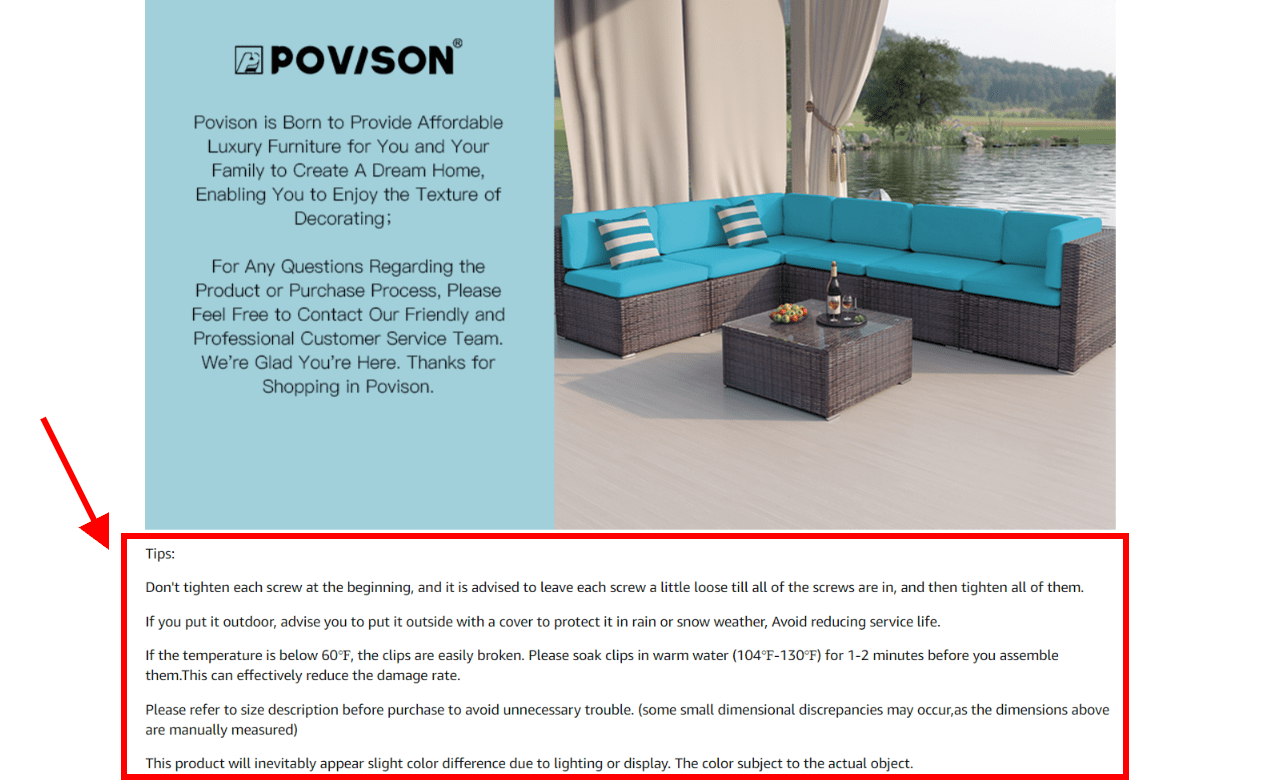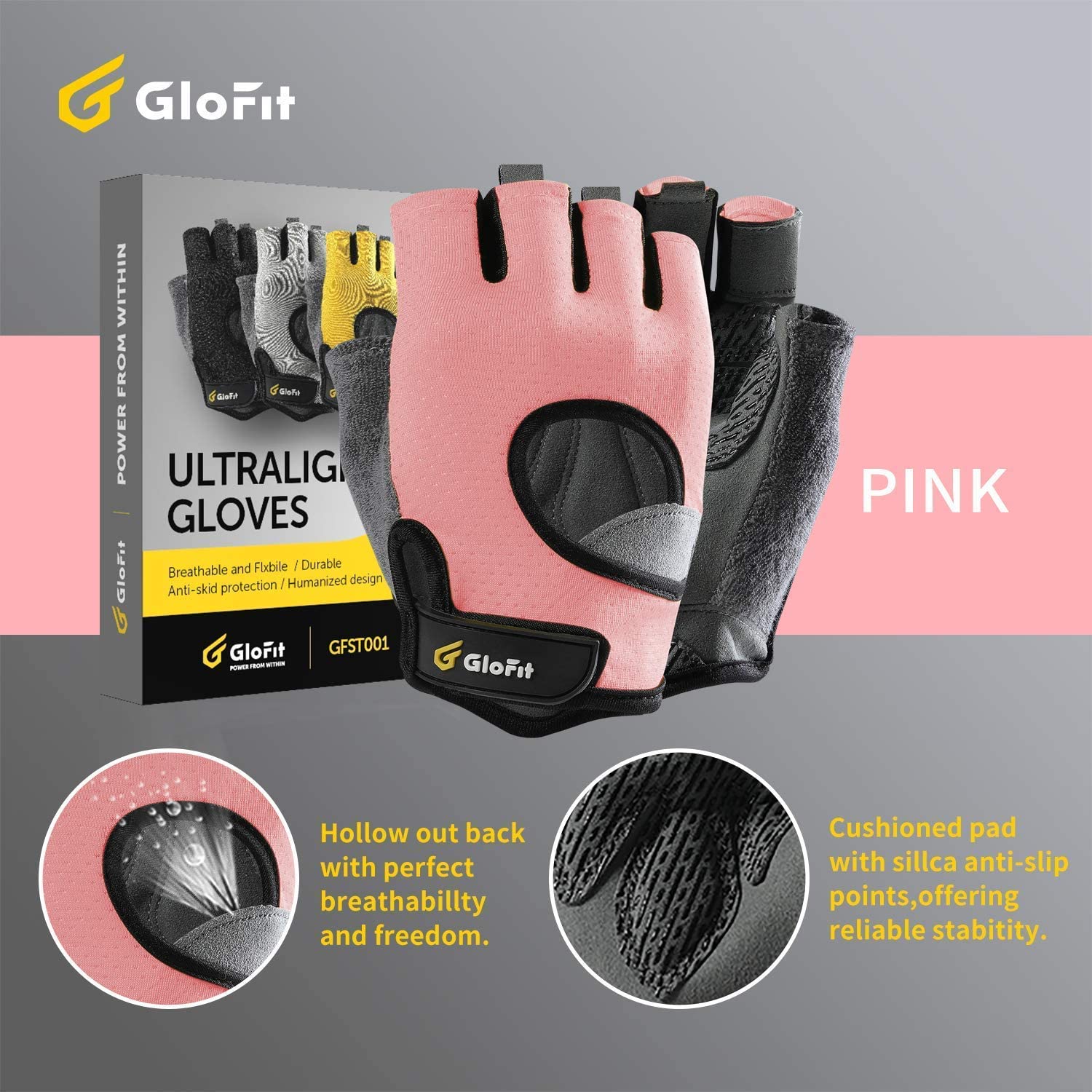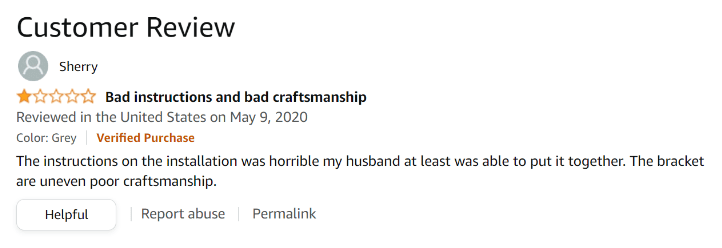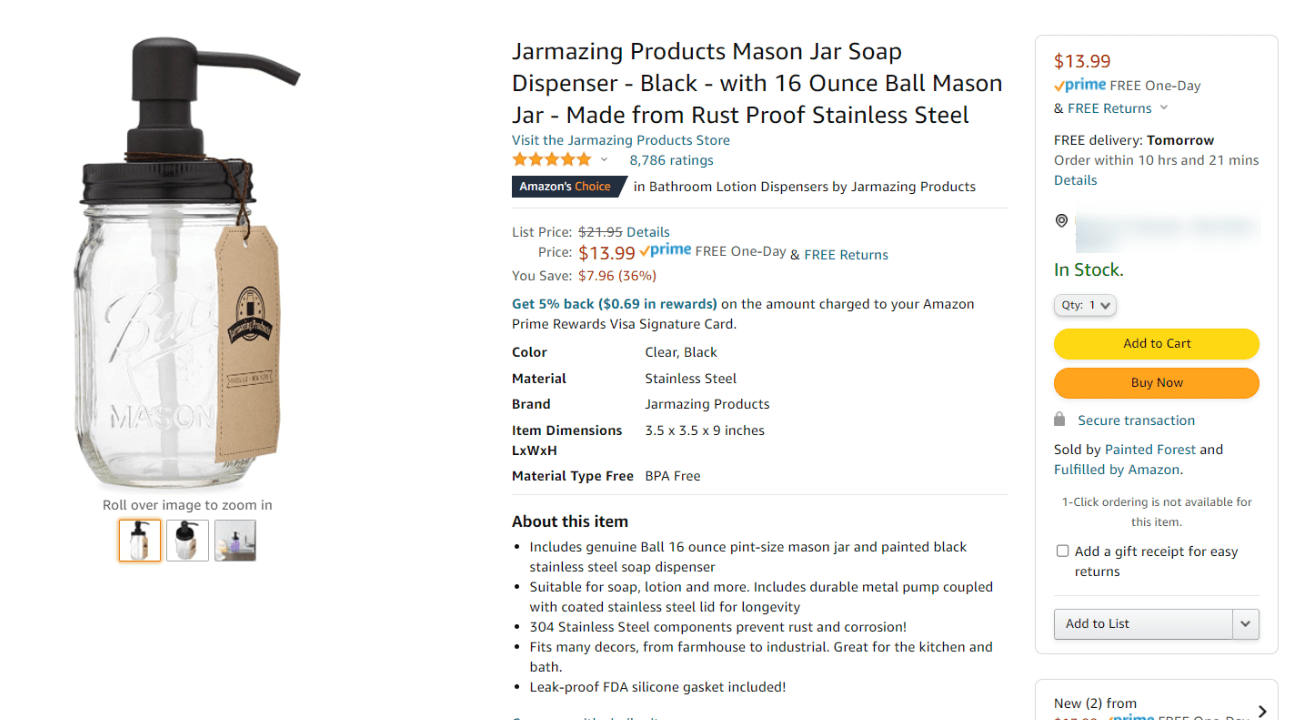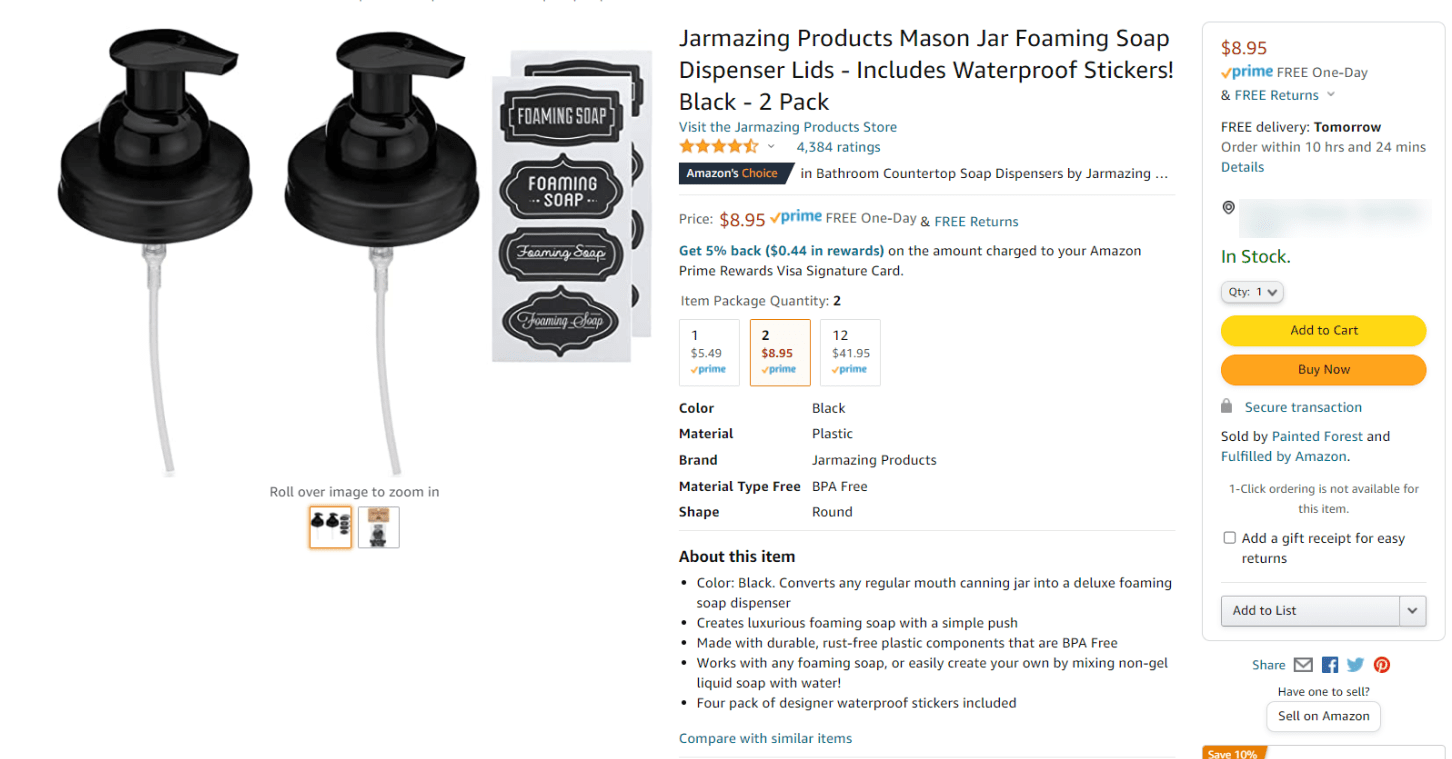Amazon Customer Satisfaction: 6 Simple Ways to Delight Your Customers on Amazon

When Amazon launched in the late 1990s, it became the poster child of customer-centricity. In a general sense, customer centricity means putting the customer at the center of everything you do as a business.
Amazon’s dedication to customer-centricity means there are often inconveniences for third-party sellers on the platform. While frustrating for many sellers, this approach has helped Amazon to become one of the leading retail platforms.
As a third-party seller, Amazon demands that you hold the same customer-centric standard if you’re going to last long on their platform.
Things like the Seller Performance dashboard, Brand Registry, the A-to-Z claims process, Amazon Transparency, and many other services and features that Amazon offers help to ensure you provide a good experience for customers while helping Amazon evaluate how well you’re doing at meeting that standard.
Beyond the obvious means of providing customer satisfaction, like delivering on time, and making sure your copy and images are congruent with your actual product…
There are other, often subtle, things you can do to boost your customer satisfaction.
In today’s article, we’re going to break down six ways you can further delight your Amazon customers.
#1 – Instructions
Despite having a product that seems self-explanatory to use, including instructions with your product, can relieve tension for your customers and save your listing from negative ratings.
For one, it raises a customer’s certainty (i.e., trust that they can operate the product), and two, it reduces the chances of misattributing a non-functioning product with your brand. Sometimes if a customer can’t operate your product, they’ll attribute it to your brand, instead of attributing it to operating the product incorrectly.
For products that prospects may perceive as complicated, be sure your listing mentions that instructions come with the product. A simple mention of this fact can be helpful. It can also be helpful to include some instructions or tips in your copy.
Additionally, if your product assembles quickly, don’t hesitate to add an estimated timeframe for setup. The speed of assembly can be part of the value proposition.
Keep in mind: Instructions don’t just describe how to use or assemble the product, they also include cleaning/care routine.
It’s easy for brands to leave this out, especially if the product tends to last for a while. But, letting customers know what to expect when caring for your product can give them extra reassurance that your product is (and will be) worth the investment.
#2 – Packaging
While easy to overlook, your product packaging is an experience that primes the customer for what they’ll find inside.
To get the most out of your packaging, make sure it reflects your brand logo, colors, and values. Include a demo picture or benefits breakdown on the outside.
If you have impressive packaging, even if your product is not what your customer was looking for, the care you show in your packaging can help reduce remorse, despite not being able to use the product.
It communicates that while the product won’t work for you, what you received was well-intentioned. When you have the customer in that state, they’re going to be less likely to leave a one or two-star review.
In contrast, a product that comes in a plain brown box with no inserts communicates that little effort was put in, which lends itself to feelings of distrust, disrespect, and regret.
One might say, “Packaging is a gimmick. The value is in the product.” And in a way that’s true, but it doesn’t defeat the fact that packaging still plays on human psychology in a way that can influence whether that customer chooses to continue to do business with your brand or not.
#3 – Demo Videos
With video increasingly becoming a preferred way to consume content, as business owners, it’s important to embrace this trend.
You might already explain how your product works via your listing or instructions, but why not demonstrate it?
The more you can increase a customer’s certainty in being able to use your product successfully, the better.
It’s one thing to say your product can do something, but by demonstrating it, you’re creating another level of proof.
When a customer sees someone easily using or setting up your product, they may be less tempted to leave negative reviews like this one:
#4 – Content Marketing
After years of resistance, today, many brands are surrendering to the content marketing machine that’s become inherent in running a business online.
Now, many brands post every once in a while or release a bunch of training videos at once. That works. It’s better than having nothing at all.
But, what’s better is to drip out this content through some type of automation that respects the customer’s journey.
Remember: A customer that purchased your product 6 months ago will have a different understanding and relationship with your product than a customer that purchased it last week.
You can develop a stronger, more value-based relationship with your customer when you meet them where they’re at. One great way of doing that is to drip out content through some type of automation.
#5 – Unbundle
One thing you’ll find customers complain about in reviews is that they couldn’t find alternative parts or replacements for a product. The solution—and a simple way to satisfy your customers—is to unbundle your products and offer their parts for sale separately. It’s not always the most lucrative offering, but it satisfies customers and can have them coming back for more.
So, if your product has multiple parts to it, consider offering individual pieces of the product for sale. You might even consider offering alternative parts separately.
For example…
This brand sells mason jar soap dispensers. In their main product, they use a standard pump, but they also sell a foaming pump as an alternative.
While some customers may want the standard, the brand helps satisfy the segment of customers that would prefer another option.
#6 – Measurements
Now, this one is simple, but it makes a big difference. Many sellers neglect to include clear product measurements on their listings.
The most common measurements are dimensions, weight, and volume.
Depending on your product, you want to include some form of measurement in your product title, bullets, and product description. And the measurements should be accurate. This is one area to have the person responsible for your product inspection look for. Between shipments, your supplier may have used one form of product before, but then they replace it for something that looks identical, but with different dimensions.
Having clear and accurate measurements saves the customer the hassle of having to return a product that won’t work for them, and it saves you from having to deal with the negative reviews or seller feedback you may get from a frustrated buyer.
Wrapping Up
Anywhere you sell, but especially on Amazon, you want to keep customer satisfaction a high priority. There are the bare minimum things like having marketing that accurately depicts your product and making sure the product arrives in one piece, but then there are the subtle things that often make a bigger difference than one would initially think.
Consider using the six tips we outlined in this article to improve your relationship with your customers. They will likely reflect on your reviews, and ultimately, your sales.
Happy Selling,
The Page.One Team
The Last Word:
One bonus tip for improving your customer satisfaction is to remind customers why you’re better than the alternatives. Many brands stop doing this at the point of converting a prospect into a customer. By doing that, they miss out on an opportunity to heighten a customer’s satisfaction (by reinforcing their decision to purchase) and nudging the customer to purchase from them again in the future.

